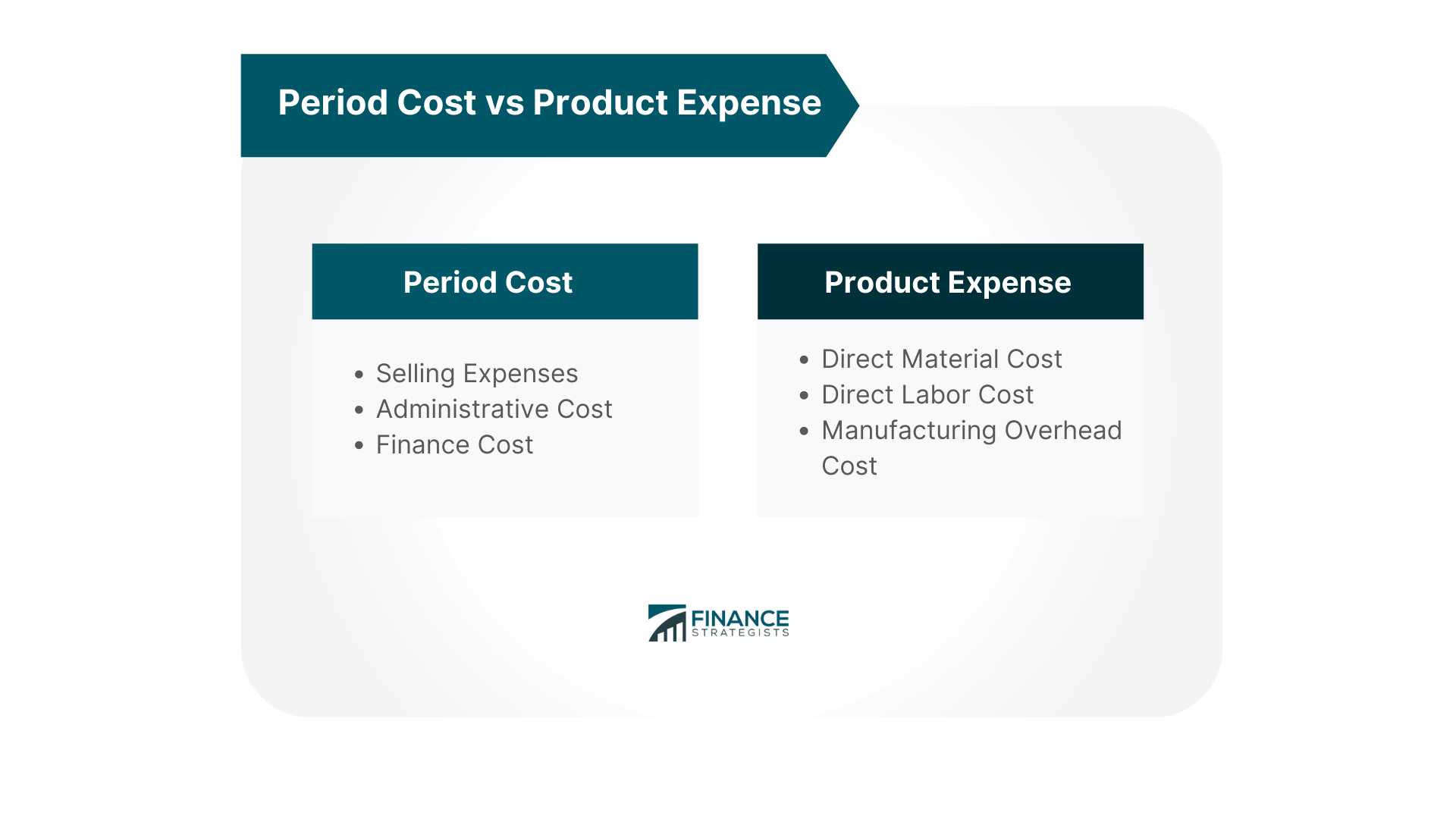Period expenses are costs that help a business or other entity generate revenue, but aren’t part of the cost of goods sold. In general, period expenses include items such as rent, utilities, insurance, and property taxes. They can also include legal fees and loan interest if these amounts are paid in advance. What a company expects to pay during a particular accounting period is included in an expense account while what it pays during the period goes into a prepaid expense account. Knowing how much money a business spends on periods of expenses helps its owners and managers understand where their cash flows from operations come from and where they go when operations end up with cash deficits. The less cash they spend on periods expenses, the more they can save for their uses or invest in their business operations. Period expenses are usually calculated by adding together all expected payments for a period, then subtracting any amounts that were paid early. What remains is the total amount of expected expenditures during the period. For example, Company XYZ’s year-end income statement for its 2016 fiscal year showed $275,000 in period expenses. During the fourth quarter of 2016, Company XYZ expected to pay $150,000 in rent and utilities and $100,000 in insurance and property taxes. What is paid during that period was $100,000 in rent and utilities, but only $10,000 in insurance and property taxes because a storm damaged the roof of one of its properties. What remains is the total amount of expected expenditures during the period: ($150,000 + $100,000 – $10,000). $160,000 Operating expenses are costs that businesses expect to incur in their attempts to generate revenue. Examples include production materials consumed in making a product and commissions paid to salespeople. Unlike period expenses, operating expenses often cannot be easily identified by when payments are received or made during the accounting periods that they affect. This means that they can’t be matched with particular sources of cash flows or classified according to whether they involve cash inflows or outflows. Period costs are not the same as product expenses. Product expenses are part of the cost of producing or acquiring an asset. They are also included in determining the amount of revenue that has been earned when an asset is sold, which in turn can affect both revenues and costs in future accounting periods. There are types of period costs that may not be included in the financial statements but are still monitored by the management. These costs include items that are not related directly to the primary function of a business, such as paying utility bills or filing legal suits. However, if these costs become excessive they can add significantly to total expenses and they should be monitored closely so managers can take action to reduce them when possible. Managers will want to find ways to reduce or eliminate these types of costs: In some cases, it will be too expensive for a company to eliminate certain types of period costs from its operations. In these cases, a more feasible alternative is to try and reduce the amount paid in earlier years. For example, if your business had been spending $4000 a year on a particular type of period costs and it’s currently spending $8000, then you will need to find ways to reduce that expenditure down to where it was previously or at least get the increase in cost under control. The following are some ways companies can plan upfront to avoid incurring periods expenses as much as possible: Period Costs are costs that are incurred during a particular accounting period and may or may not benefit future periods. These costs should be monitored closely so managers can find ways to reduce the amount paid when possible. Businesses can plan by diversifying decision-making teams, skill development, using technology effectively, and engaging in ongoing communication with suppliers and other stakeholders. Managers are always on the lookout for ways to reduce costs while trying to improve the overall effectiveness of their operations. Period expenses are just one category of expense that can have a direct impact on both reducing costs and increasing revenue, so it’s important to keep them in mind when looking for opportunities to improve your business.Why Are Period Expenses Important to Know About?
How Are Period Expenses Calculated?
Period Expense vs Operating Expense
Period Cost vs Product Expense

Types of Period Costs That Should Be Monitored
Ways to Reduce or Eliminate These Types of Costs
Final Thoughts
Period Expenses FAQs
Period expenses are costs that help a business or other entity generate revenue, but aren’t part of the cost of goods sold.
Period expenses are important to know about because they can have a direct impact on both reducing costs and increasing revenue. They are also indicators of problems that need to be addressed.
Operating expenses are expenses related to daily operations, whereas period expenses are those costs that have been paid during the current accounting period but will benefit future periods.
Examples of period expenses include vendor bills, storage for supplies or inventory not generating revenue, borrowing money to cover current costs, etc.
Management can plan by diversifying decision-making teams, skill development, using technology effectively, and engaging in ongoing communication with suppliers and other stakeholders.
True Tamplin is a published author, public speaker, CEO of UpDigital, and founder of Finance Strategists.
True is a Certified Educator in Personal Finance (CEPF®), author of The Handy Financial Ratios Guide, a member of the Society for Advancing Business Editing and Writing, contributes to his financial education site, Finance Strategists, and has spoken to various financial communities such as the CFA Institute, as well as university students like his Alma mater, Biola University, where he received a bachelor of science in business and data analytics.
To learn more about True, visit his personal website or view his author profiles on Amazon, Nasdaq and Forbes.











